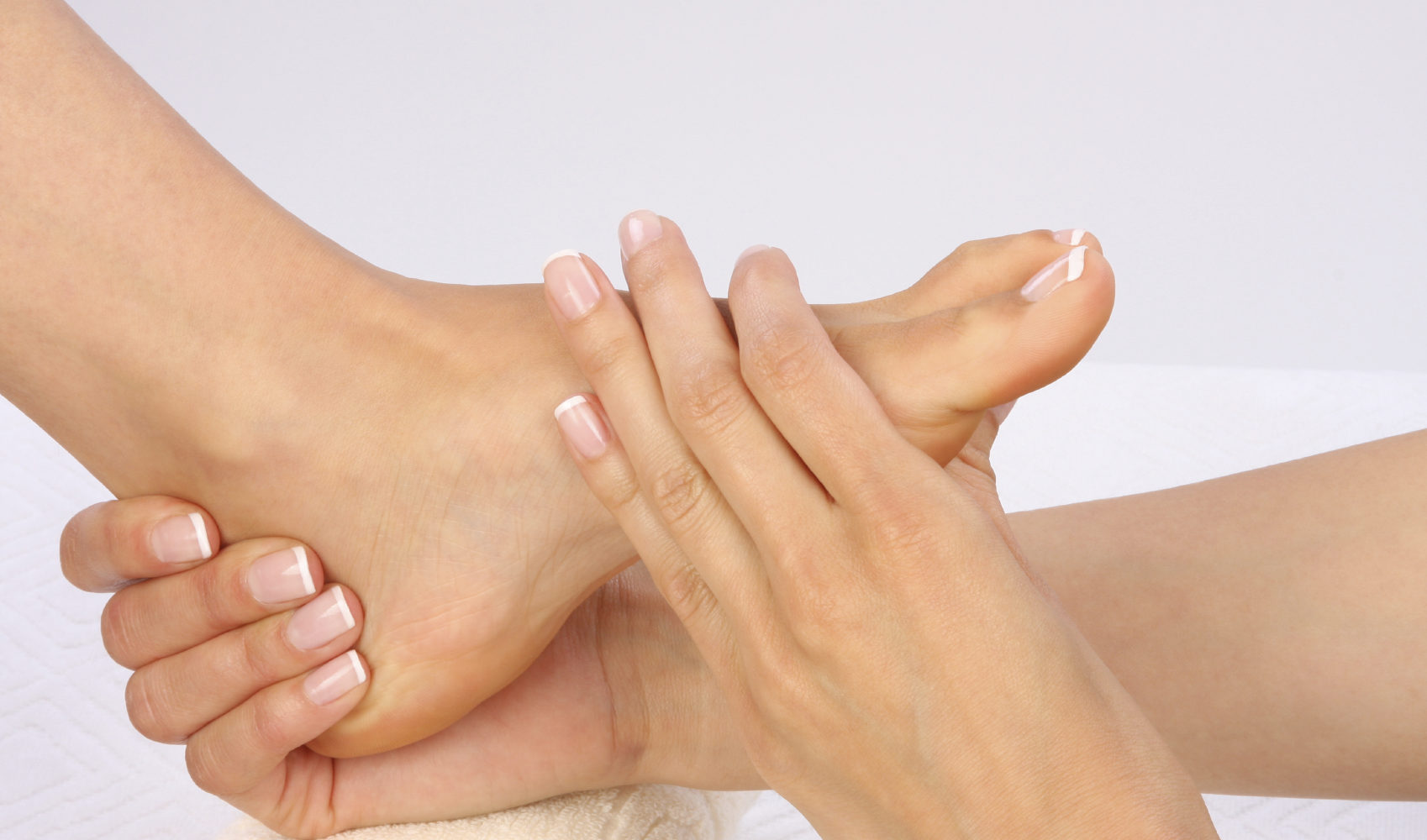According to Diabetes UK, there are 177,000 people in Wales living with diabetes and estimates suggest a further 70,000 people have diabetes but are unaware of their condition, or have no confirmed diagnosis.
A further 540,000 people may be at high risk of developing diabetes, and the number is rising each year. If the current trend continues, it is estimated that 300,000 people in Wales will have diabetes by 2025.
2,000 people with diabetes in Wales have foot ulcers at any given time and around 330 amputations are carried out each year. Diabetes accounts for 10 per cent of the annual NHS Wales budget, which equates to approximately £500m a year and 80% of this figure is spent on managing complications, most of which could be prevented.
People with diabetes are predisposed to developing foot problems for the following reasons:
- Reduced feeling (Neuropathy) – Diabetes can affect the nerves in the feet, which can result in reduced sensation or feeling, known as peripheral neuropathy, which means injuries may go unnoticed.
- Poor circulation – Some people with diabetes develop narrowing of the arteries, causing blood flow to the feet to be reduced. If the blood supply to the feet is poor, any break in the skin can take longer to heal.
- Increased risk of infection – Feet undergo a lot of wear and tear that can lead to injuries such as cracks, blisters and cuts, which can become infected and cause more serious problems for diabetics.
If you have diabetes, taking care of your feet is important; follow these foot care tips:
- Make inspecting your feet part of your daily routine. That way, you will recognise any changes and be in a better position to seek help if you have a problem. If you struggle to see your feet, try using a mirror, or ask a friend or relative to check them for you.
- Keep your feet healthy, as prevention is better than cure. Wash your feet daily, but don’t soak them for too long as you may dry out the natural oils in your skin. Dry them carefully, particularly between the toes. Apply a foot cream to keep the skin in good condition but not between the toes as moist skin here may split and encourage infection to develop.
- Avoid socks with seams, which could rub and cause blisters. Check your shoes and socks for wear and foreign objects that may break the skin. Don’t walk around barefoot, even in your own home. The risk of injury and infection is too great if you have diabetes.
- Exercise can help keep weight down and improve circulation but be sure to wear appropriate shoes to minimise the risk of injury. Have your feet properly measured and new shoes appropriately fitted. Remember foot size and shape may change over time and shoes that fit properly are important to those with diabetes.
- Never try to remove calluses, corns, or warts yourself. Over-the-counter chemical products can burn the skin and cause serious damage to the feet of people with diabetes.
- See your GP, practice nurse or podiatrist immediately if you notice any changes in the colour or temperature of your feet, breaks in the skin or discharge from wounds, or increased swelling.
- Remember, a regular check up by a podiatrist – at least annually, is one of the best ways to ensure that your feet remain healthy.
Book a consultation with Lynne or Laura at the C3 podiatry clinic in the heart of Rhiwbina for friendly, professional foot care and footwear advice.

